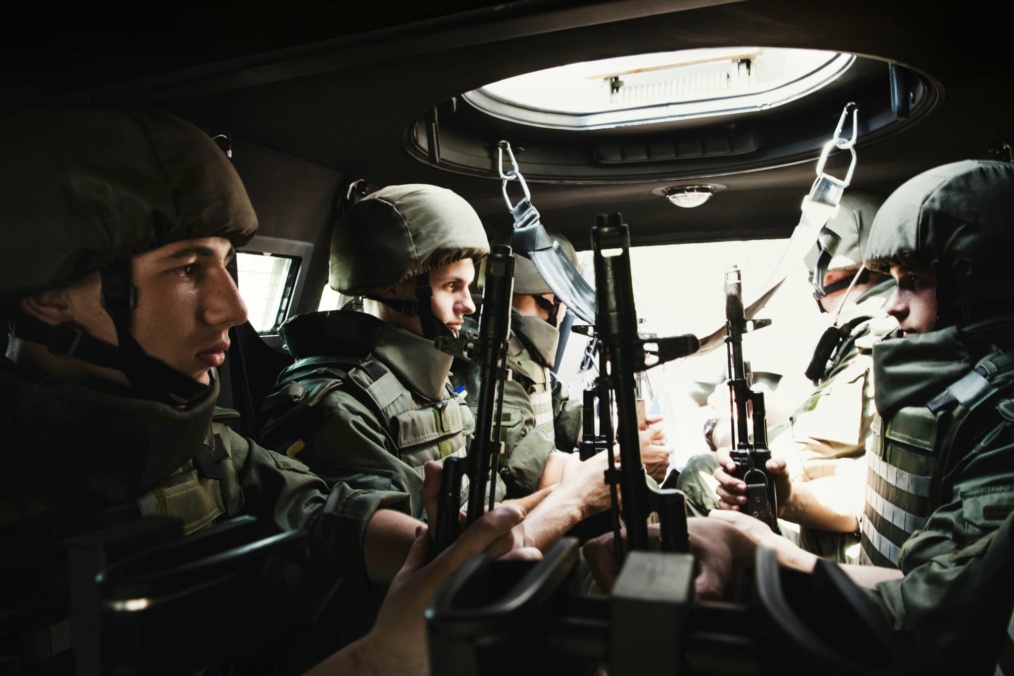Very little is known about Abubakar Shekau, the late leader of the group Jama’at Ahl as-Sunnah lid-Da’wah wa’l-jihad. The little we know is that he was a one-time deputy to Mohammed Yusuf, founder of the group commonly referred to as Boko Haram.
Following Yusuf’s execution by the Nigerian forces in 2009, Shekau assumed leadership until his death on May 19th, 2021. In the almost 12 years of Shekau’s leadership, Boko Haram witnessed a steady rise in global recognition, media attention, and publicly acknowledged partnerships with other international terrorist organizations.
Boko Haram’s activities significantly transformed over the years, including a change in its targets, the nature of its attacks, and the weapons it used. Year after year, the group’s choices and standards of weapons continued to improve and the question of funding became louder and more critical to decipher. Additionally, while Boko Haram’s recruitment strategy continuously evolved, it nonetheless continued to produce its desired results.
Regarding Shekau’s leadership, even though deeply flawed and occasionally challenged by top group members, it would be wrong for any counter-terrorism strategy to make light of the capabilities of such an individual.
His Deaths
Conceivably, the Nigerian government may not have thought too lightly of Shekau, due to their many attempts to eliminate him. Since 2009, the Nigerian military, on at least four occasions, declared Abubakar Shekau dead before being debunked by Shekau’s typical video statements.
With such back history, it was no surprise that many would question what may now seem accurate, the announcement of the death of Abubakar Shekau on May 19th, 2021. Although, this time, the Nigerian military did not take credit for his death; rather, ISWAP, a rival faction, accepted responsibility for the events that led to his death, death by suicide.
Some have described the “mystery man” to be a psychopath and a joke. Regardless, Shekau remains an integral part of the group’s expansion. Psychopath or insane, joke or not, was he a dangerous person? Yes. Did he take advantage of the loopholes the Nigerian system graciously afforded him? Yes. Did he get what he wanted? Most definitely.
If his goal was to undermine the Nigerian military and destabilize the country as a whole, then Shekau found success. From influencing, whether directly or indirectly, the current violent crisis and criminalities on multiple fronts, the group’s desire is being fulfilled in the nation.
The growing unrest, much of which receives minute media coverage and security responses, is having a far-reaching effect on the entire nation. One of those many ways that is quite relatable is in the area of heightened food prices resulting from food scarcity.
A Hungry Nation
Northern Nigeria, which is home to numerous crises, such as farmers’ versus herdsmen, bandits, and kidnappers, is a key player in the agricultural sector and contributes significantly to the nation’s entire crop and livestock production output. Indeed, it is not beyond the expectation, that the Nigerian government highly prioritizes the region’s development.
The failure of the nation’s leadership to consider simply this grave consequence over the years has now put the entire nation in an avoidable struggle for daily survival. A more worrying knowledge is the projection of the hardship that awaits the country in the coming years.
In Conclusion
Unless something is done, and quickly, the present, increasing criminality among citizens will only be the tip of the iceberg. With the grave damages brought about by one “mystery man” and the ripple effect of the actions of Boko Haram, alongside the response or nonresponse of the Nigerian government, a greater problem awaits.
While the Nigerian government continues to do its best to deal with the multiple fixes, perhaps unmasking the man, the group, and the truth behind them all, may lay a solid foundation to winning this blind war against an unknown enemy.
Joan McDappa, Counter-Terrorism Research Fellow





